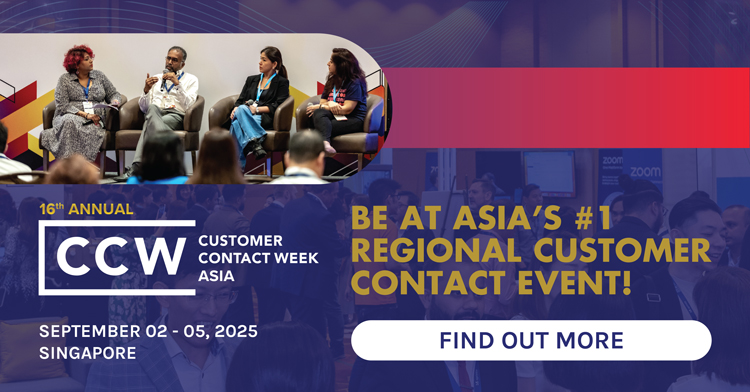Creating exceptional experiences for customers requires having engaged employees who are enthusiastic about their workplace and their role within the organisation. According to a recent Gallup study however, employees are disengaged at work – worldwide only a tiny 13% of workers are engaged.
Considering how much time we all have to spend at work, it must be soul destroying to go to a place everyday that eats away at the very fabric of your being. Of course if you are paying off a ridiculous mortgage like people do in Sydney then you may not have a lot of choice.
The rat race is a very stressful endless, self-defeating, or pointless pursuit. It invokes the image of the fruitless efforts of a lab rat spending its existence running around and around on a spinning wheel or maze. And remember at the end of the rat race you are still a rat.
Many people believe that long work hours, unpaid overtime, stressful jobs, commuting, less time for family life and/or friends life, has led to a general malaise in our communities, an unhappier workforce who do not have time to enjoy the benefits of increased economic prosperity and a supposed higher standard of living. The output of this way of living is manifested in divorce rates in first world countries of over 50%.
Most people are disengaged
The Gallup report also says that the vast majority of people, some 63%, are “not engaged,” meaning they are unhappy but not drastically so. In short, they’re checked out. They sleepwalk through their days, putting little energy into their work.

A full 24% are what Gallup calls “actively disengaged,” meaning that one quarter pretty much really hate their jobs. Ouch! That cannot be a good thing for employee or employer. They act out and undermine what their coworkers accomplish.
Add the last two categories and you get 87% of workers worldwide who, as Gallup puts it, “are emotionally disconnected from their workplaces and less likely to be productive.” In other words, work is more often a source of frustration than one of fulfillment for nearly 90% of the world’s workers. That means that most workplaces are less productive and less safe than they could be and employers are less likely to create new jobs.
What is employee engagement and how do you measure it?
The major challenges with employee engagement starts with defining the term. Employee engagement is a workplace methodology designed to ensure that employees are committed to their organisation’s goals and values, inspired to contribute to organisational success, and are able at the same time to enhance their own sense of well-being.

Author of Employee Engagement 2.0 and Employee Engagement for Everyone, Kevin Kruse, states, “Employee engagement is the emotional commitment the employee has to the organization and its goals. This emotional commitment means engaged employees actually care about their work and their company.”
The definition of employee engagement and how one measures it depends on which part of the organisation and how the organisation is structured. Charlene Li, from Altimeter highlights how HR will have a program to increase employee feedback, communications wants everyone to read the latest company newsletter and the Social Media team wants everyone to participate on the enterprise social network.
Research recently published by Altimeter revealed the following challenges when it comes to employee engagement:
- Most organisations don’t have a well thought out employee engagement strategy
- Authentic employee engagement only happens when there is trust in the relationship — only 43% of survey respondents believe they have an organisational culture of trust and empowerment that supports employee engagement.
Part of the problem is that there is no owner of employee engagement. In 41% of organisations, HR leads employee engagement efforts, while 17% and 11% have Employee/Corporate Communications and Marketing leading efforts, respectively.
There remains significant untapped opportunity to use digital tools to enhance employee engagement. Only 36% and 25% of respondents have organizations where many employees use their internal collaboration platform and enterprise social network, respectively.
Mapping the employee journey
Creating exceptional customer experiences and engagement requires understanding and mapping the customer’s journey. Likewise employee engagement is dependent on creating exceptional experiences based on understanding and mapping the employee’s journey. The nature of the experiences an employee has will impact the level of engagement they have with your organisation’s goals.
It’s about understanding their role and the experiences they have of the organisation from their perspective. It’s going beyond the typical hire, train, and retain approach to HR and exploring how relationships can be deepened to drive business results and organisational change.
Employee engagement is not about establishing a specific state, but building relationships that can be developed.
Attitude, behaviour and outcomes
There are differences between attitude, behaviour and outcomes in terms of engagement. An employee might feel pride and loyalty (attitude); be a great advocate of their company to clients, or go the extra mile to finish a piece of work (behavior).
In reality all three – attitudes, behaviors and outcomes – are part of the engagement story. There is a virtuous circle when the pre-conditions of engagement are met when these three aspects of engagement trigger and reinforce one another.
Engaged organisations have strong and genuine values, with clear evidence of trust and fairness based on mutual respect, where two-way promises and commitments – between employers and staff – are understood, and are fulfilled.
Just like the customer journey. Company silos, overly strict and inflexible rules and poorly integrated systems and processes can impact the employee journey. The frustrations an employee can feel in trying to do their job can easily be passed on to the customer. In an outsourcing environment it’s the kiss of death.

